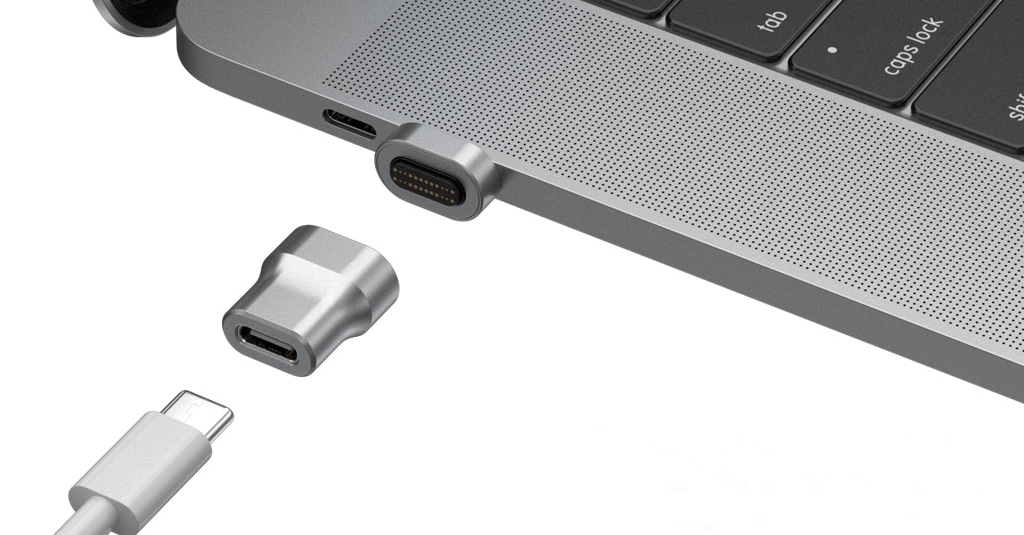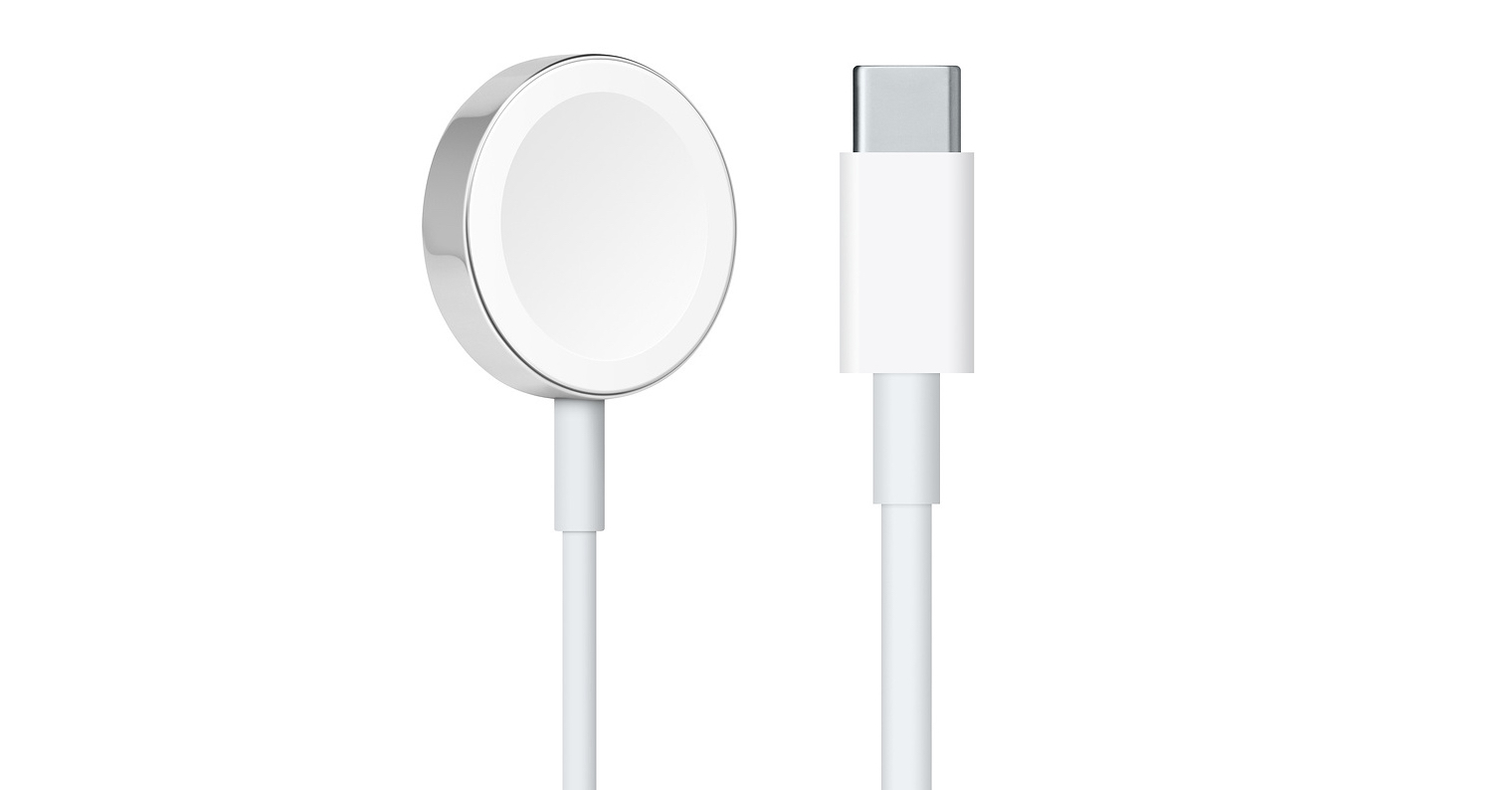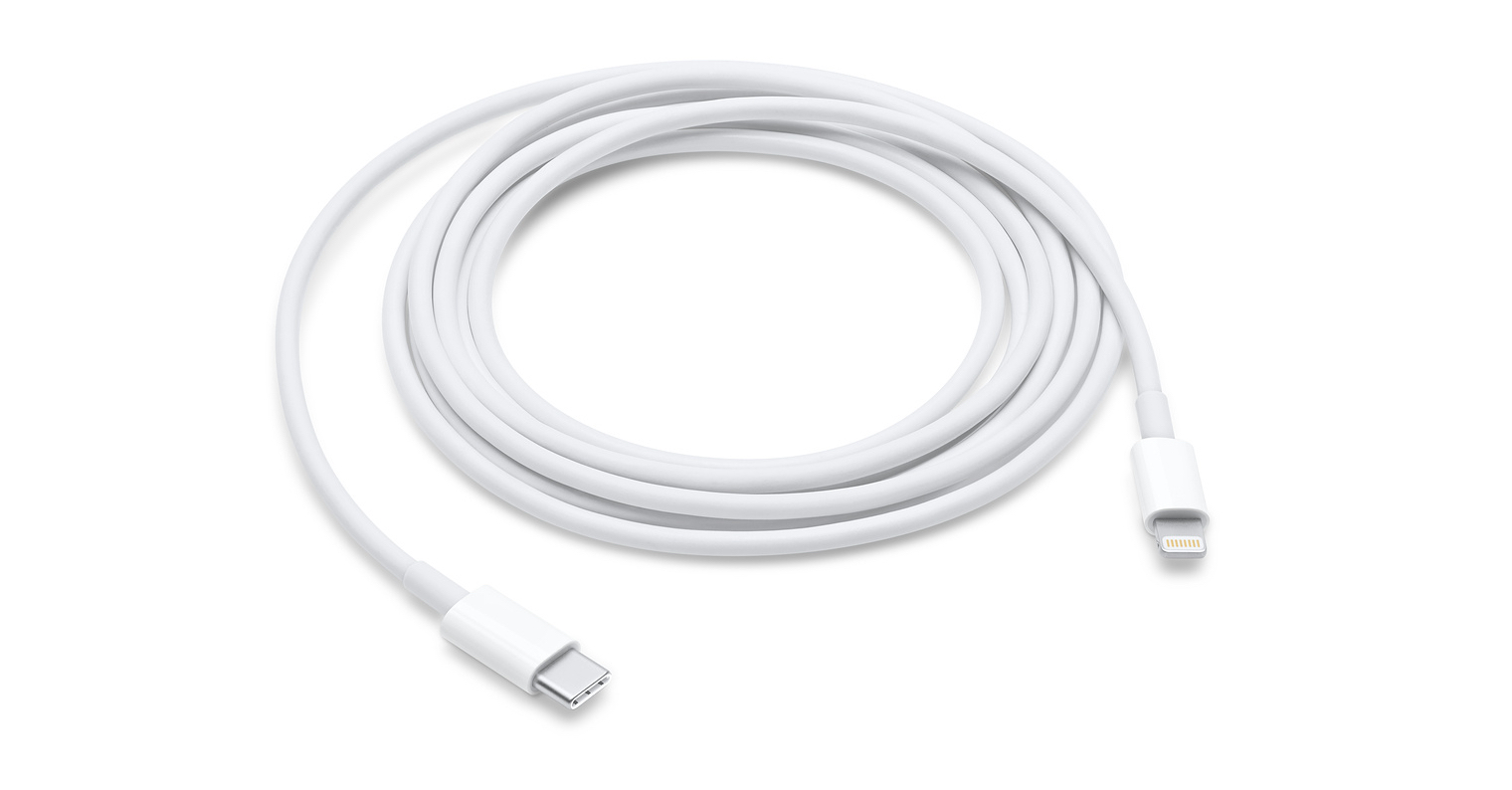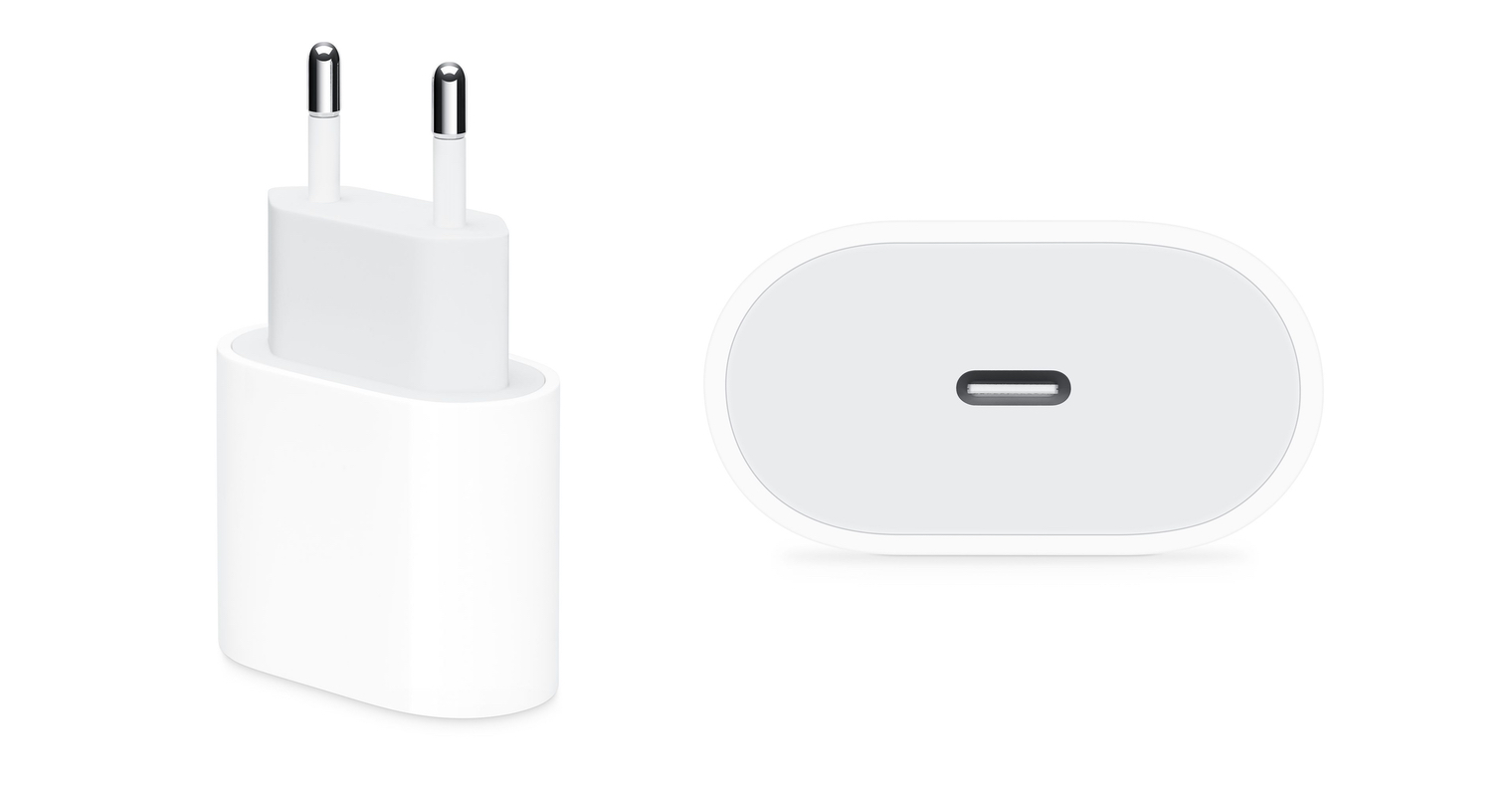USB-IF, the USB standardization organization, has completed a new version of USB4. From now on, manufacturers can use it in their computers. What does it bring for Mac users? And will it somehow touch Thunderbolt?
The USB Implementers Forum was based on the previous version when designing the USB4 standard. This means that we will see backward compatibility not only with USB 3.x, but also with the now outdated version of USB 2.0.
The new USB4 standard will bring speeds up to twice as fast as the current USB 3.2. The theoretical ceiling stops at 40 Gbps, while USB 3.2 can handle a maximum of 20 Gbps. The previous version USB 3.1 is capable of 10 Gbps and USB 3.0 5 Gbps.

The catch, however, is that the USB 3.1 standard, let alone 3.2, is still not fully extended. Very few people enjoy speeds of around 20 Gbps.
USB4 will also use the double-sided type C connector that we know intimately from our Macs and/or iPads. Alternatively, it is already used by most smartphones today, with the exception of those from Apple.
What does USB4 mean for Mac?
According to the list of features, it looks like the Mac will not gain anything from the introduction of USB4. Thunderbolt 3 is in every way much further. On the other hand, there will finally be a unification of data flow speeds and, above all, availability.
Thunderbolt 3 was advanced and advanced for its time. USB4 has finally caught up, and thanks to mutual compatibility, it will no longer be necessary to decide whether the given accessory will work. The price will also drop, as USB cables are generally cheaper than Thunderbolt.
Charging support will also be improved, so it will be possible to connect multiple devices to a single USB4 hub and power them.
We can realistically expect the first device with USB4 sometime in the second half of 2020.
It could be interest you

Source: 9to5Mac




The problem is the crazy USB-C connector there. Its unreliability has been ruining my external drives for a long time. Changing cables doesn't help :(
I don't know if the problem is that the USBC connector is too small and mechanically unstable for such a large number of wires in it (another 2 times so that it can be rotated), or that Apple uses poor quality connectors.
And I don't care.
It's just that after a while the connectors wear out and are then prone to accidental disconnection.
Right now, the MacBook I'm writing this litany on is running a full and fresh Time Machine backup. Yesterday I moved the laptop slightly on the table and a few centimeters during the backup and the result was an unreadable backup disk -> that means format and start again (and hope it didn't go completely)…
And I go through this hell several times a month!!!
And it's much better now, at least that's how I feel: It seems to me that after replacing the keyboard that was sent, the connectors are somewhat firmer (it's not possible that when replacing the keyboard Apple also replaced the connectors - or simply the entire upper part of the laptop and the connectors are its included?).
So thank goodness, right
1. Apple HW quality is systematically low
2. Plus the design is intentionally such that it can't be easily and cheaply fixed if possible
3. And that they replace almost half of the laptops as part of minor repairs...
Ufff… I wonder if the bigger one will really come out and if it will be better quality – maybe they could do away with USB-C… and TouchBar… and add ETH… and make it thicker and bigger and heavier… and…
I'm almost afraid that one day the quality of Apple laptops will go down (and the price will go up) so much that I'll find it more tolerable to use crazy MicroShit Widlows than Apple HW…